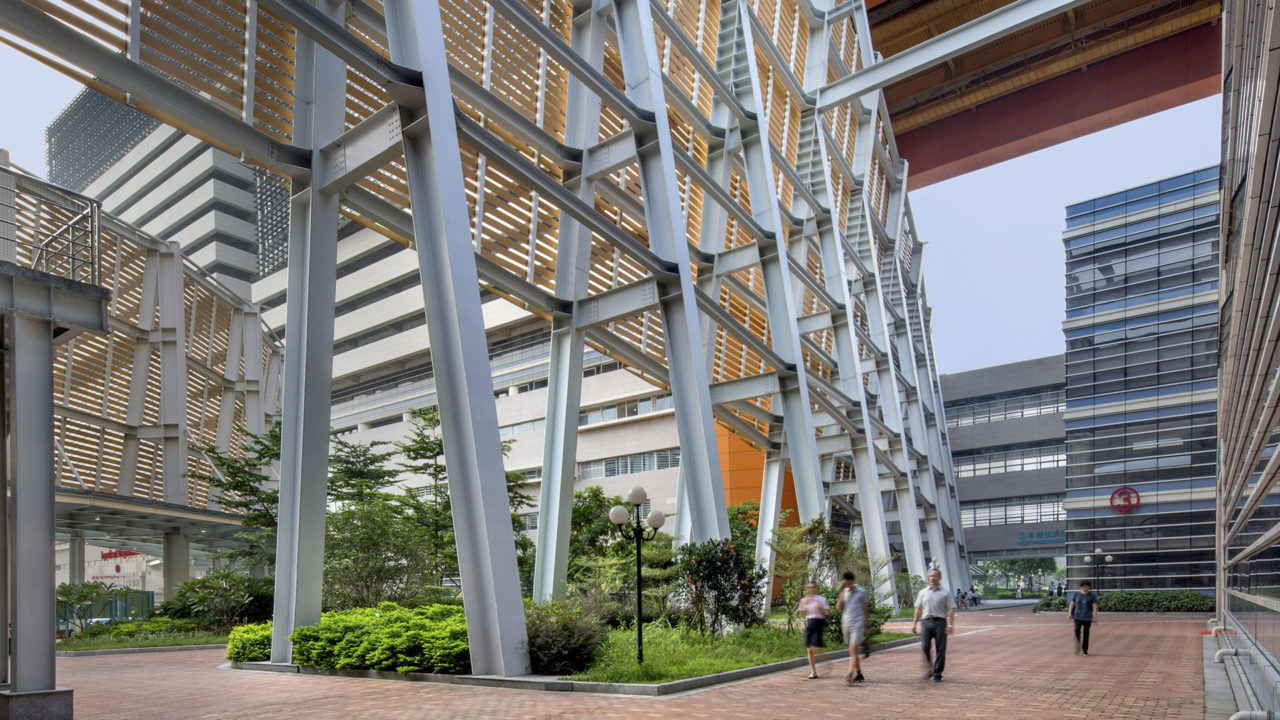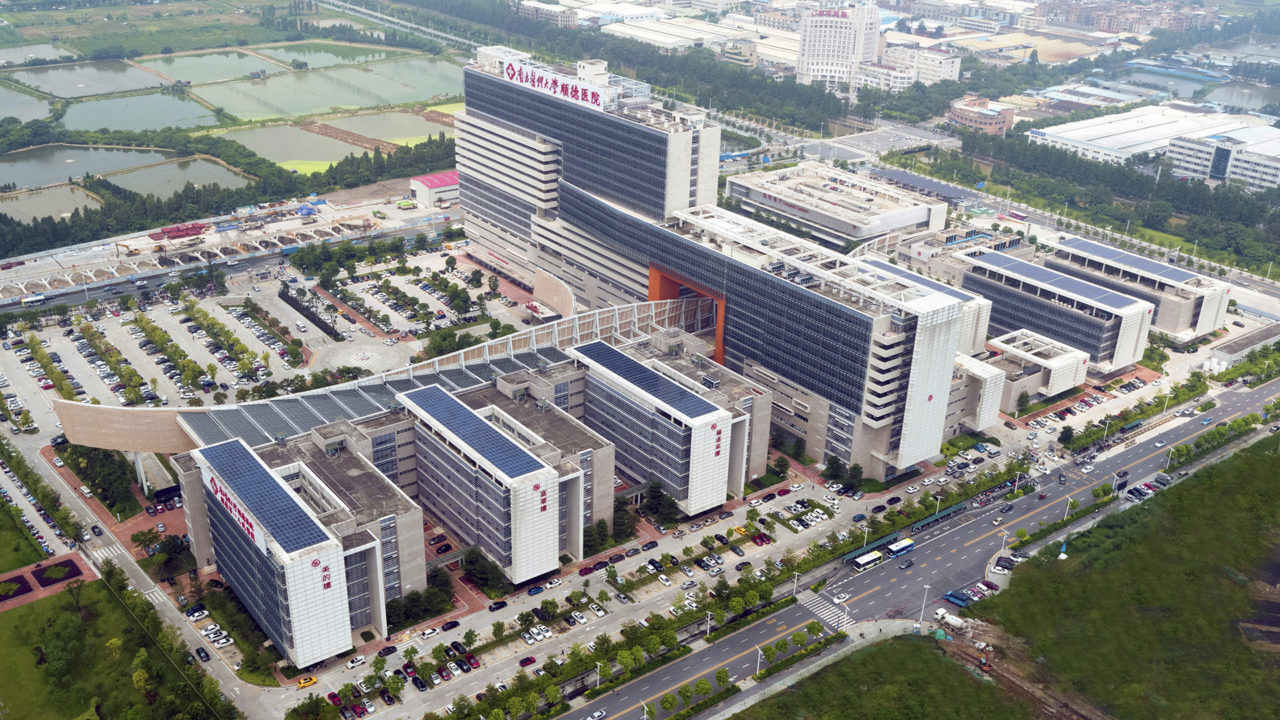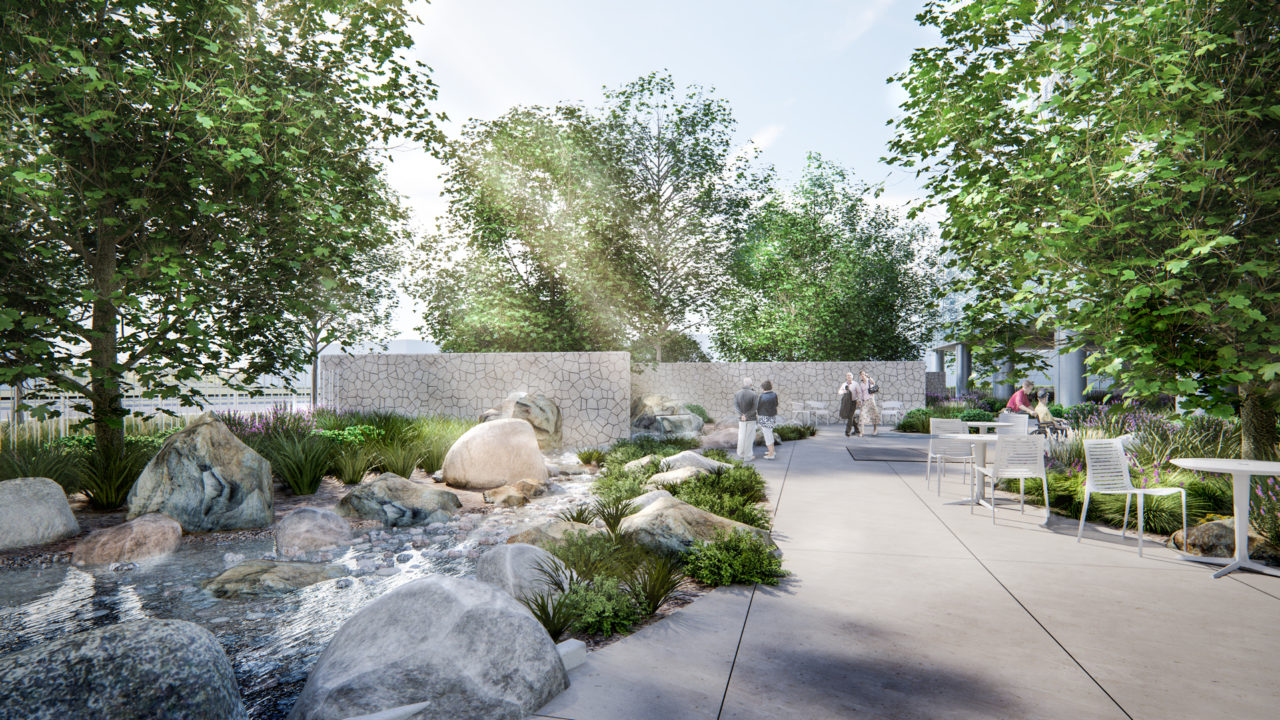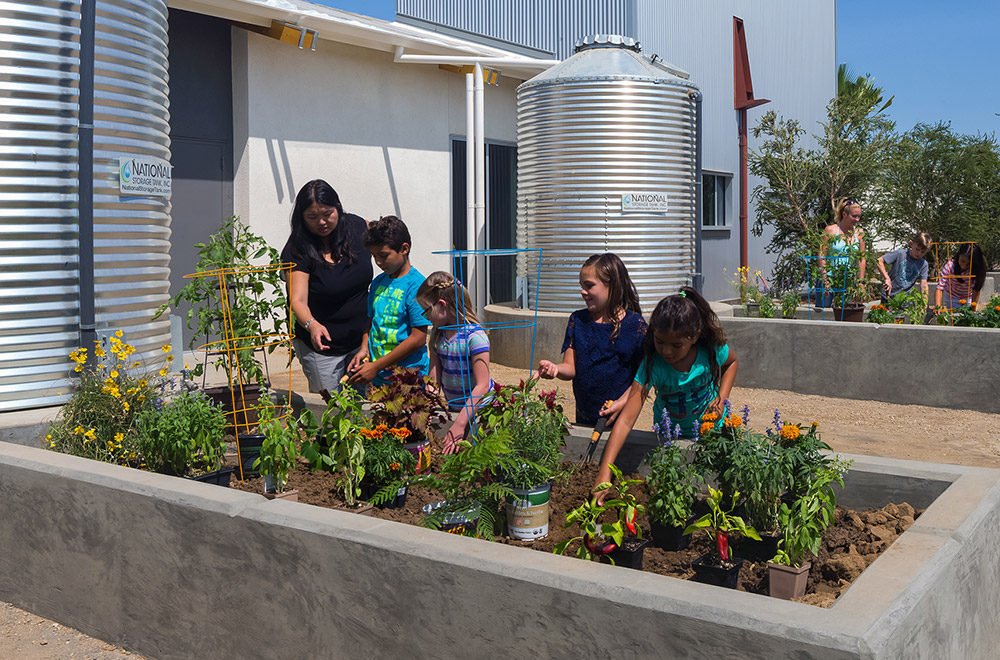When choosing a site for a building project, architects and project administrators sometimes have a choice between a greenfield or a brownfield site. But what is a greenfield project, exactly, and is it really the best option for your next construction project?
There are advantages and disadvantages to greenfield and brownfield sites. The site chosen will depend on the scope of your project, the client’s budget, and whether you have a group of experts on your team that understand how to design for each. Here are a few things to consider when choosing the best site for your project:
What is a Greenfield Project and How Does It Differ from a Brownfield Project?
A greenfield project is one that lacks constraints imposed by prior work on the site. Typically, what a greenfield project entails is development on a completely vacant site. Architects start completely from scratch.
A brownfield project is one that carries constraints related to the current state of the site. In other words, the site might be contaminated or have existing structures that architects have to tear down or modify in some way before the project can move forward. For example, land that was once used for industrial purposes may have environmental issues and/or the buildings on it might not be up to code.
Due to the complexity of decontaminating a brownfield site, greenfield projects are generally preferable, but not always. There are advantages and disadvantages to each that building planners need to weigh.
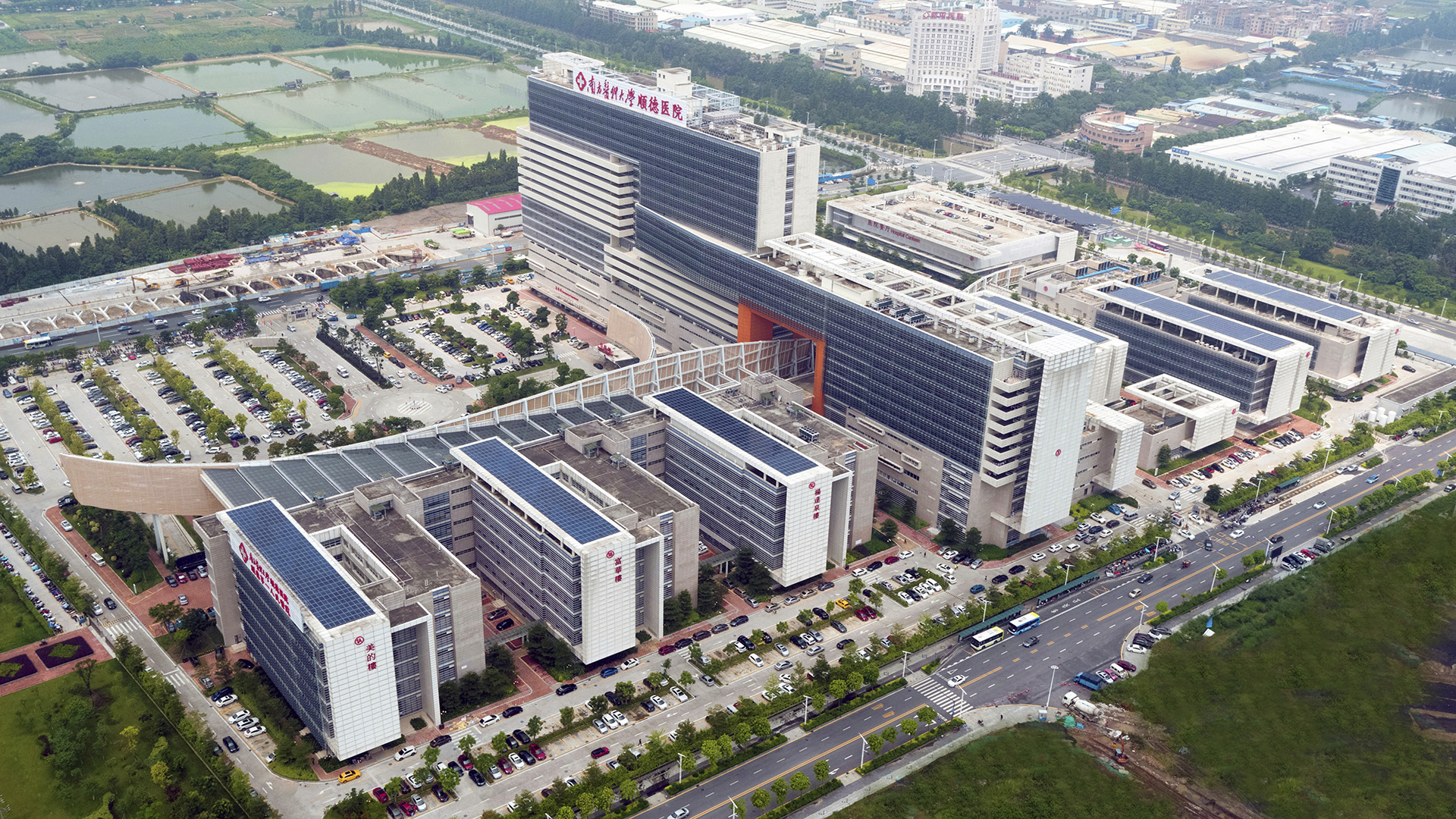 The Advantages of Greenfield Projects
The Advantages of Greenfield Projects
What is a greenfield project’s primary advantage over a brownfield project? It is a blank slate that gives architects the freedom to be more innovative and forward-thinking when planning site development.
For example, when HMC Architects designed Shunde Hospital of Southern Medical University in China, a greenfield project, we didn’t have site constraints to overcome. We were able to work with city planners to position the building to be as close as possible to a new transit station, and we had plenty of open space to work with because no structures existed to demolish or design around.
Some other advantages of greenfield projects include the following:
- Increased ease of compliance with environmental and sustainability standards. It will be easier to create an environmentally conscientious space when you don’t have to focus your time, efforts, and money on decontaminating the area.
- More opportunity to design community-focused projects. Greenfield sites are typically located in residential or suburban areas. These locations are perfect for building schools, healthcare facilities, and civic centers that community members can easily access.
While there are a number of advantages to greenfield projects, disadvantages also exist, and they can cause project owners to consider a brownfield project instead.
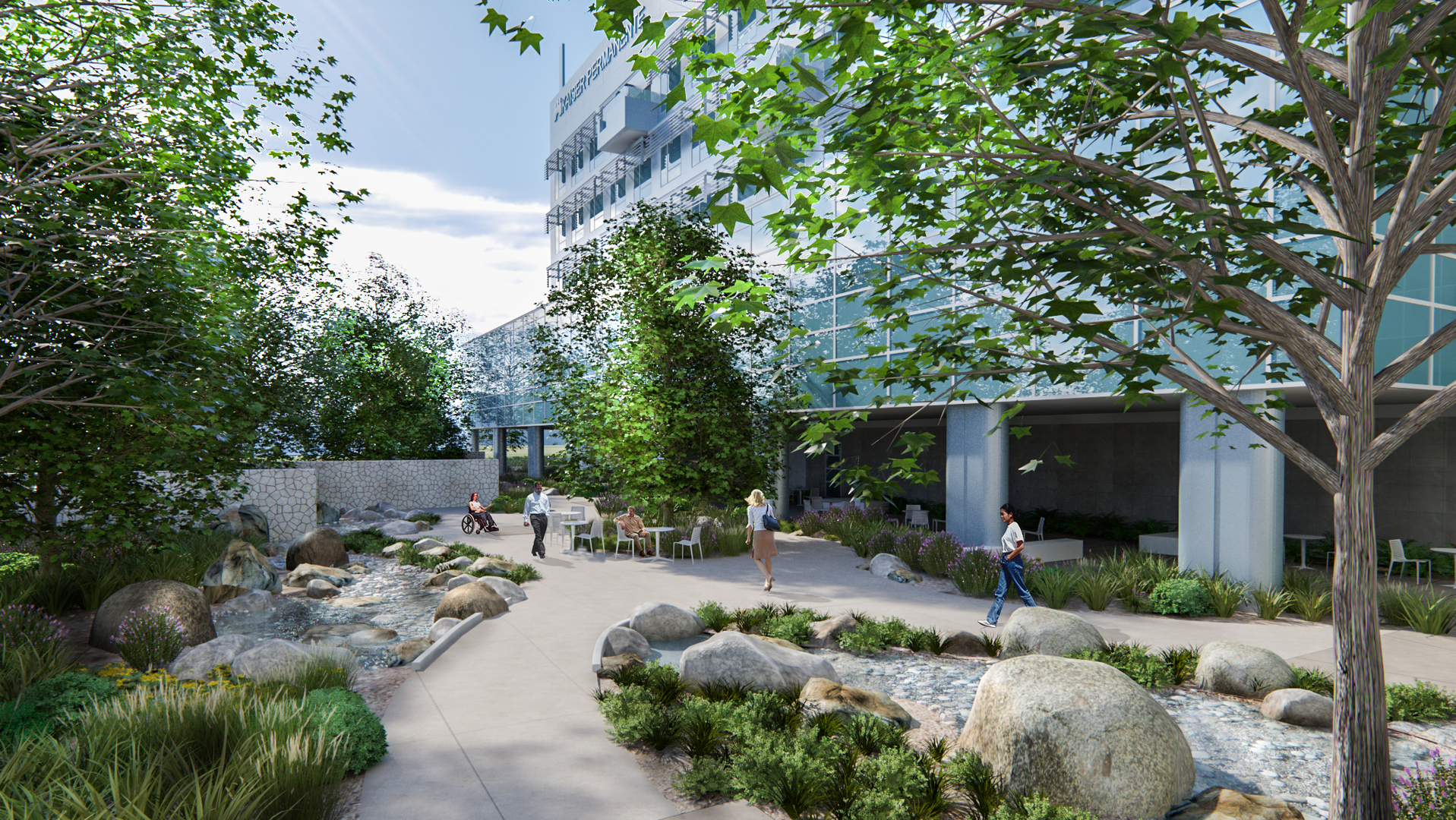 Why Some Brownfield Projects Were Chosen Over Greenfield Projects
Why Some Brownfield Projects Were Chosen Over Greenfield Projects
The main reason building owners might choose a brownfield site over a greenfield site is due to location. For example, because Kaiser Permanente wants to offer services to as many members of the community as possible, the organization will greenlight a brownfield project if it’s in an ideal location.
The Kaiser Permanente Downey Medical Center in California, currently under construction, was originally a brownfield site. Kaiser stakeholders worked closely with government agencies to thoroughly decontaminate the site and turn it into a greenfield. Once the site was decontaminated, it was just as easy to work with as any other greenfield project.
Greenfield project site costs and terrain considerations could also prompt owners to choose a brownfield site instead. Greenfield land can be more expensive to purchase, especially when in a desirable location. Architects and engineers will also have to develop utility systems from scratch, which can be costly and time-consuming. Furthermore, many greenfield sites have never been built on, so architects might have to design around natural slopes and hills or even out the terrain.
Choosing a brownfield site provides a number of opportunities, including allowing architects to:
- Encourage good environmental stewardship. Turning brownfield spaces that no one wants into greenfield sites that inspire communities can prevent sprawl and ensure that these areas don’t go to waste.
- Use existing systems. Sewer and water systems are often still in good working order or salvageable, which can save planners time and money.
- Keep costs down. Brownfield sites are typically less expensive to purchase because they require more work to transform and meet state and local requirements. When renovation costs are also kept low, additional cost savings could result.
- Encourage urban renewal projects. Most brownfield sites are located in past industrial areas, in close vicinity to city centers, making them ideal for required urban expansion or infill without sprawl.
However, in order to build on brownfield sites like this, architects have to turn the area into a greenfield site.
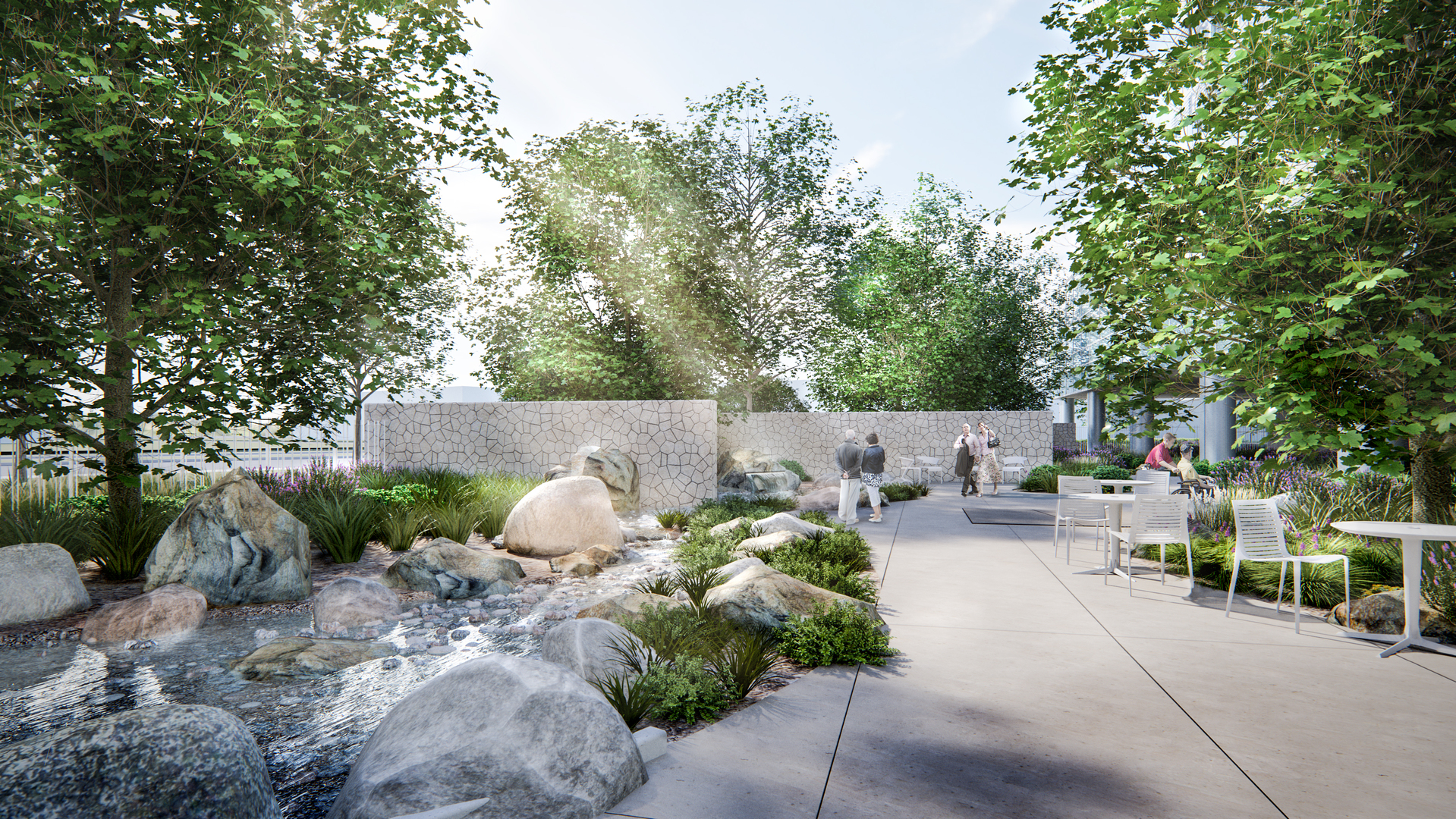 Transforming a Brownfield Project Into a Greenfield Project
Transforming a Brownfield Project Into a Greenfield Project
With some effort, virtually all brownfield sites can be turned into greenfield sites. When transforming a brownfield project into a greenfield, it’s best to decontaminate the site all at once instead of in stages. This is because the costs involved in decontaminating a site will only increase with inflation over time. Decontamination of the entire site also provides architects with design flexibility—they can further develop the site in the future without having to deal with contamination concerns.
Whether you’re considering a greenfield site for its simplicity and flexibility, or a brownfield site due to its location and lower costs, hiring an experienced architecture firm is essential. Architects can help you balance the pros and cons of designing on each site and choose the best one based on your needs and budget. With a team of design experts by your side, you’ll create a beautiful building that serves the surrounding community.
